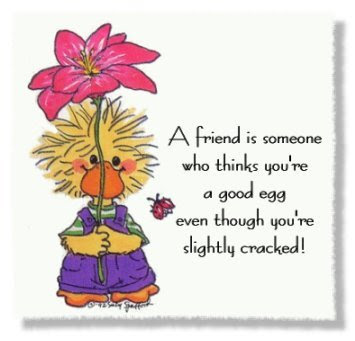Amelia Harper
source: CW
1. Teach them to say the alphabet.
One of the best ways to do this is by using the old "Alphabet Song." I like to add my own touch to make it more special. (It would never fly in a classroom these days, but that is the beauty of homeschooling.) My kids loved this version:
A-B-C-D-E-F-G. H-I-J-K-L-M-N-O-P, Q-R-S, T-U-V, W-X, Y and Z;
Now I know my abc's; can I have a hug now, please?
2. Recognize a few letters of the alphabet.
Use games and simply point out letters everywhere you go. Children love to learn the letters in their own names.
3. Let your children see you read, and read to them often.
As you read, put your fingers under the words sometimes. This helps children understand the concept of reading from left to right and also helps them learn to associate words on the page with words that you say.
Don't worry if they are not actually reading yet, but if they do pick up a few words, pause and let them read them. When my children learn simple words such as a, an, the, and God, we let them "help" read a verse at devotions. The use of Rebus books is a great way to introduce pre-reading as well. In the text of rebus books, little pictures function in place of certain words (like a picture of a cat instead of a cat). Even nonreaders can "help read" these books. Ask the librarian in your library's children's department to show you where they are. The most important thing is to help them develop the love of reading.
4. Teach the shapes and colors.
Shape puzzles are a great way to teach the shapes, such as circle, square, etc. Have your children identify shapes in daily life. Colors are even more fun. I know I will get mail for this, but here is a great way to teach basic colors. Get a bag of M&MS ® or other colored candies. Let your preschoolers eat the red ones if they pick them out correctly. Then look for the yellow ones, etc. Candy is a great motivator. Also, discuss names of colors as they use crayons. Older siblings are great at teaching this one.
5. Teach them to sort objects.
A great many sorting and matching games are out there, but you can do this in real life too. Let them help sort socks. As you unpack groceries, let your preschoolers sort the canned veggies from the canned fruit. Let them sort the M&MS® by color. (M&MS® are very educational!)
6. Teach them about spatial relationships.
This is a fancy way of saying to teach them concepts such as "over," "under," "in," and "out." An introduction to "opposites" often works well as you teach these concepts. Stuffed animals are great tools with which to teach this skill (e.g., Is Harvey Hare over or under Martha Mouse?).
7. Teach them to count to 10.
Again, you will have opportunities to do this every day. "How many plates are on the table? Let's count them!"
8. Help your preschoolers develop motor skills.
Throw balls; color with crayons and markers; cut with children's scissors. Many of these simple childhood activities build fine-motor skills that are essential when your child later learns to write.
9. Develop a good vocabulary and use it around your kids.
According to the Children's Defense Fund, by the time a child from a middle-class family enters first grade, he has a vocabulary of about 20,000 words. However, a child from a low-class family knows only about 5,000 words.1 The truth is, class should not matter. If your vocabulary is not large, expand it and talk to your child as you would an adult--within reason.
10. Use good grammar around your children.
Many children are handicapped educationally because they did not have good grammar models in the home. You will make the teaching of English so much easier if your child knows what proper grammar sounds like. If you are not sure yourself, then get a book on the topic and learn. Listen to good books on tape, and listen to intelligent, excellent media. You will soon get the hang of it, and your child will too.
Footnote:
1. <http://www.tcf.org/Publications/Education/UniversalPreschool.pdf>
Amelia Harper is a homeschooling mother of five and pastor's wife. She is the author of Literary Lessons from the Lord of the Rings, a complete one-year literature curriculum for secondary level students. She is also a freelance writer for newspapers and magazines. http://www.homescholarbooks.com. http://www.homeschoolblogger.com/MiddleEarthMom


No comments:
Post a Comment